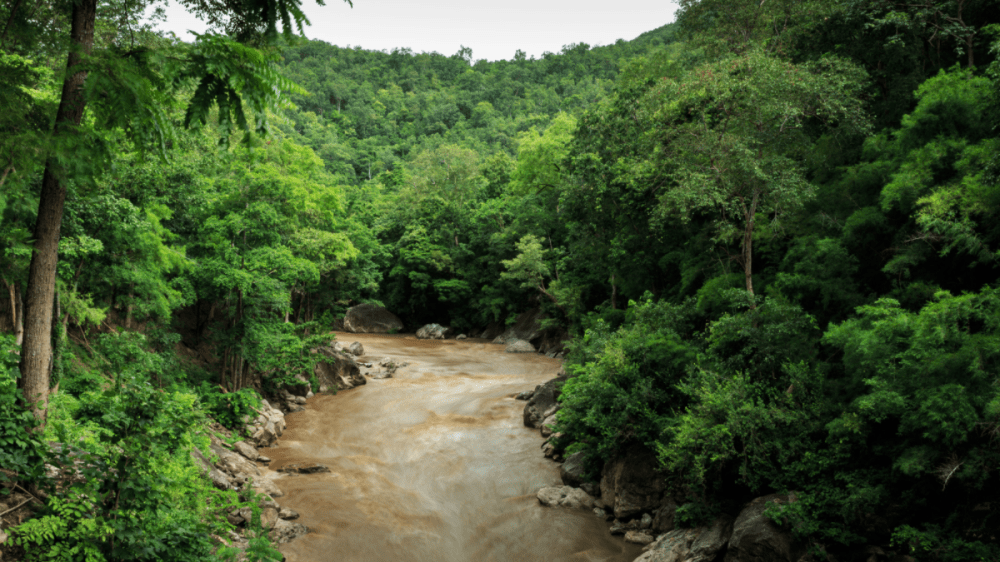Hawaii Flash Flood:Safety Tips

Flash Floods happen in Hawaii on all islands. Since 1960, flash flood events have been recorded an average of eight times per year. However, these events are most frequent during the Hawaiian wet season, which runs from October through April.The weather during these months can be hazardous sometimes.

Hawaii Flash Flood
Causes of a Flood
Most flash floods in Hawaii happen because of heavy rains. It can occur very quickly and without much warning. Heavy rains over a short period of time can suddenly cause a flood. Or, lighter rains falling over many days or weeks build up, eventually causing the river to overflow. It can occur very quickly and without much warning. Roads can become impassable with vehicles abandoned.
No matter where you stay in Hawaii, you are surrounded by infrastructure and systems designed to move rainwater into appropriate reservoirs. In most cases, the infrastructure does its job, and you never have to think about where the rain goes when it runs off. When it rains heavily, however, those systems are overwhelmed, and that water doesn’t drain nearly as quickly as it needs to.
How to Prepare For a Flood in Hawaii?
- Listen attentively to instructions from local officials and evacuate immediately if the authority advises so.
- Bring your pre-packed evacuation kit, prescription medicines in a waterproof, childproof container.
- If you have time, before you evacuate, turn off propane tanks and utilities to prevent damage to your place.
- Move to higher ground if flooding threatens your area.
Safety Tips During a Flood
- Never drive around barricades. They authorities use them to safely direct traffic out of flooded areas.
- Do not walk, swim or drive through flood waters. Turn Around. Don’t Drown!
- Stay off bridges over fast-moving water. Since, fast-moving water can wash bridges away without warning.
- Stay inside your car if it is trapped in rapidly moving water. Get on the roof if water is rising inside the car.
- Get to the highest level if trapped in a building. And only get on the roof if it is necessary.
What to Do After a Flood
- Return to your place only when authorities say it is safe. Likewise, pay attention to the news for information and instructions.
- Avoid driving except in emergencies.
- Be aware of the risk of electrocution. Do not touch electrical equipment if it is wet or if you are standing in water. Also, turn off the electricity to prevent electric shock if it is safe to do so.
- Avoid drinking tap water until you know it is safe.
The effects of flash floods can be catastrophic and show extensive diversity, ranging from damages in buildings and infrastructure to impacts on vegetation, human lives and animals
Stay safe during your Hawaii vacation by avoiding flash flood!
